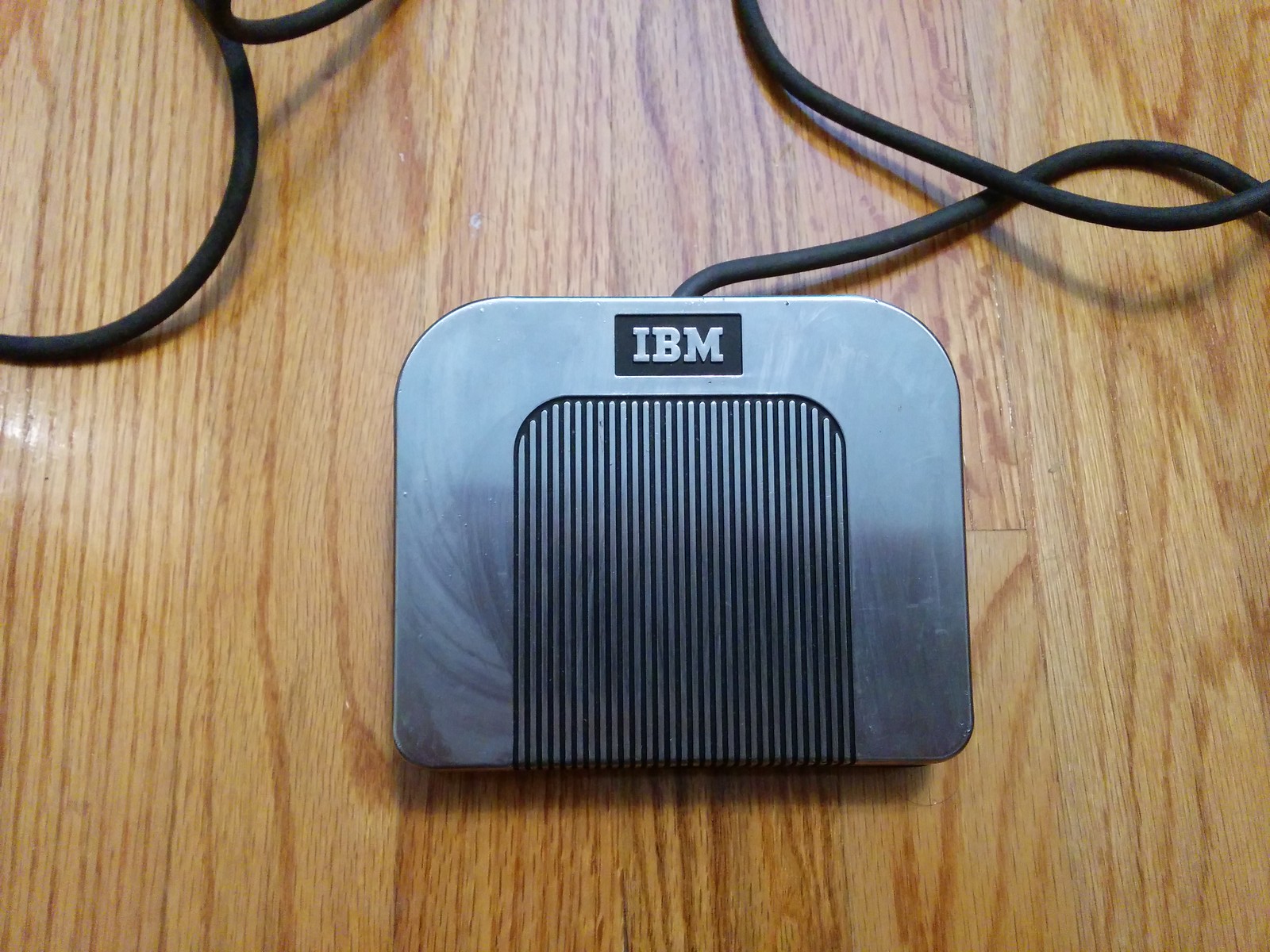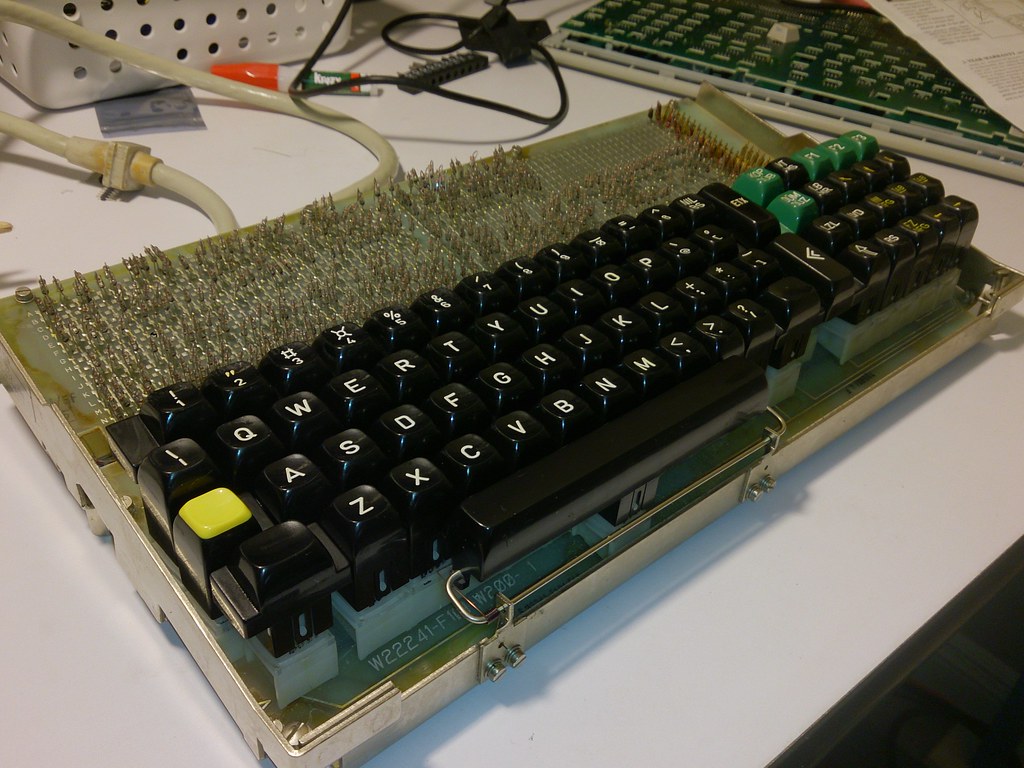webwit wrote: Good stuff! Is there anyone who wants to nominate those for HaaTa? Otherwise he'd be nominating his own stuff.
I nominate the following:
I had the excellent fortune to take apart and work on one of those mag cards. It's no secret that my favourite keyswitch is the selectric typewriter, and therefore this is my favourite keyboard to connect to a computer of some sort. I was able to determine a lot about how the 1960's selectric input terminals worked as well as some new info about the selectric typewriter in general.
You see, when compared to a "normal" selectric II typewriter, you can see the frame is actually the same, but the selectric has a lot of tapped holes in it for components on this thing. When they updated the selectric to the selectric II they must have had this in mind (which makes sense)
Furthermore, there are some notable differences between this and a selectric II. Some components are different, Some mechanisms are moved. These are relatively minor. I only had a day or so with it, and I still couldn't figure out which solenoid enabled it to print, and I also had to manually space the cartridge over. That said there's some awesome stuff going on here.
So the selectric is already a marvel of modern mechanical engineering. I'd put it on par with mechanical calculators for sheer linkage awesome. I remember some guy on youtube made his selectric into a printer buy buying up one solenoid to press each key. This design shows that that is unnecessary.
When I wanted to convert mine to USB I considered an optical or hall effect switch on every typebar. That too is unnecessary.
you see each keypress moves those horizontal bars on the bottom. You can also actuate keys by "pressing" on those bars. There are like 7 or 8 of them and the entire read/write for input and printing in controlled from just there. Some reed switches and some solenoids.
IN fact, most of the complexity in controlling other functions of the typewriter, like disenganging printing and setting tabs. The whole read/write control / sensing is wonderfully designed and elegantly simple.
IMO this is the #1 relic find of the year.
As to the other keyboard, It's not my #1 pick of course, but there are some definite reasons why it should be considered.
1. pretty modular construction. The keyboard switch-holding part of the PCB is separated from the switch matrix part of it (all those diodes at the top: gets me every time) which is itself separate from the controller PCB beneath. Even the spacebar stabilizer wire (which is a similar design to other vintage keyboards, honeywell hall effect (dual magnet) and the geartronic tesla copy of it in particular) is removable.
Rows of gold pins, metal can transistors, everything about this screams "vintage", and it's not followed the same design paradigms as some other 1970's keyboards (like beam spring and hall effect). Chips indicate that it was made in the mid to late 1970's. The switches on it are particularly interesting magnetic reeds of a type I have not seen before.
and what's more is that it features backlit keyswitches! This must be one of the earliest keyboards to do so, and most later ones only imprement an LED window, whereas these light up the whole top of the switch. The only other really old ones that do this that also spring to mind are on that superalps reed switch board 9and they are some sort of industrial switch not recommended for typing and horrible to type on)




